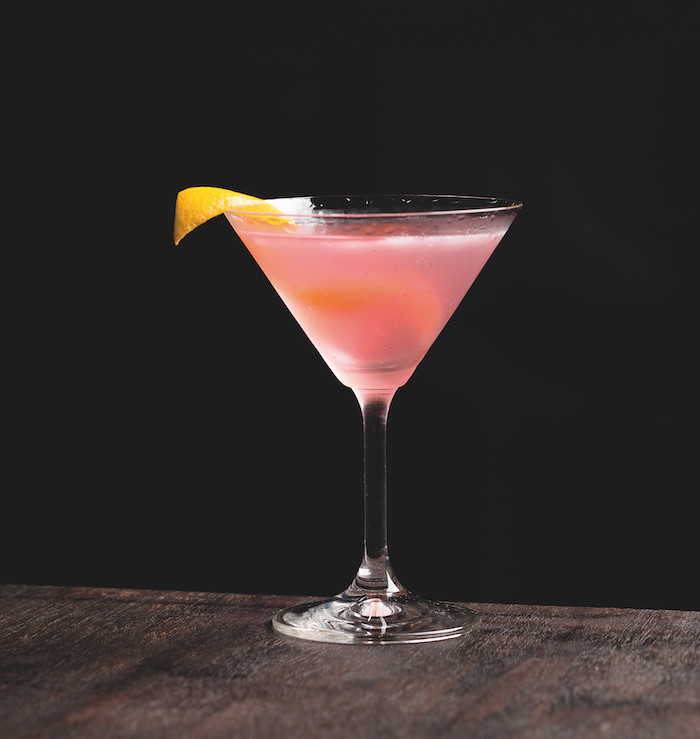
Despite its tender years, this classic's origin story is disputed. Clinton Cawood investigates the drink that bartenders love to hate.
To have lost the precise origins of a classic cocktail that has weathered the passage of time for over a century or more, through Prohibition, recessions and the fluctuation of drinks trends, is understandable. But for one with its inception in recent history, mere decades ago, there’s no excuse. And yet, when it comes to the combination of vodka, triple sec, lime and cranberry that is the Cosmopolitan, here we are.
Perhaps the best place to start is more recently, in 1998, when its fi rst mention in Sex and the City’s seventh episode gave a drink – one that admittedly might not have survived through the modern-day cocktail renaissance – the momentum to remain prevalent today, in a variety of forms. By that point, this pink drink in a Martini glass, likely originating from the Gimlet-inspired Kamikaze, already had some degree of popularity.
What’s remarkable is the number of potential origin stories, and claims by potential creators, for a drink with such a relatively short history. For a really deep dive, you could do worse than visit misscharming.com, where you’ll find a staggering amount of research, but let’s begin with the most prominent stories here.
Disregarding earlier drinks sharing the name, or similar composition – these date back to the 1930s – the earliest potential contemporary Cosmo comes from Neal Murray, a Minnesota bartender said to have mixed the first in 1975. But Toby Cecchini says he came up with it at New York’s Odeon in 1988, while Miami bartender Cheryl Cook claims to have invented it in 1989. We’ll likely never know…
Later, but before that HBO show came along and entrenched the Cosmo in our collective consciousness, the legendary Dale de Groff did his part to popularise the drink, likely sometime in the 1990s, establishing a popular spec for it and adding a signature touch – a flamed orange zest.
Nowadays, the drink lives on – thrives, even – in classic form as well as through a number of variations. At the aptly-named Room for Improvement in Portland, the Cranpari is made with a cranberry and Campari cordial, while Kwant in London’s Mayfair serves a carbonated Cosmo Highball with green cardamom, oat and timur berry. An elevated take on the tequila version of the classic, the Rude Cosmo, comes from Parasol, also in London, including Savoia Orancio and a lingonberry & lemon verbena syrup, finished with a classic De Groff garnish.
RUDE COSMO (PARASOL, LONDON)
Glass: Nick & Nora
Garnish: Flamed orange zest
Method: Shake and strain into a chilled Nick & Nora. Garnish with flamed orange zest
• 40ml Patrón Blanco tequila
• 20ml Savoia Orancio
• 20ml lingonberry & lemon verbena syrup*
• 20ml ,lime juice
* Combine 1L lingonberry juice, juiced from fresh, with 1kg caster sugar and 50g lemon verbena. Cook for 10 minutes at 70ºC, then remove lemon verbena.


